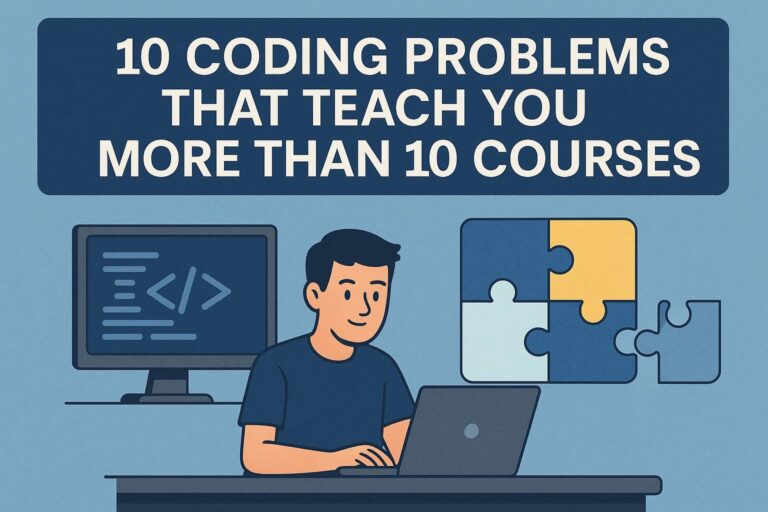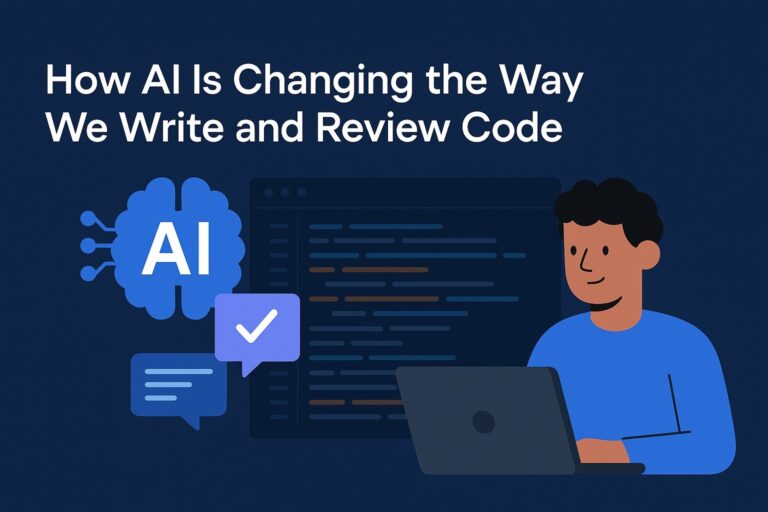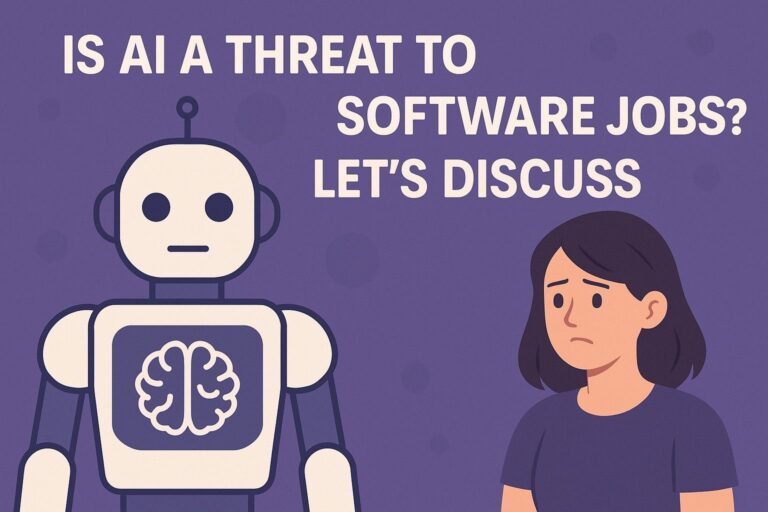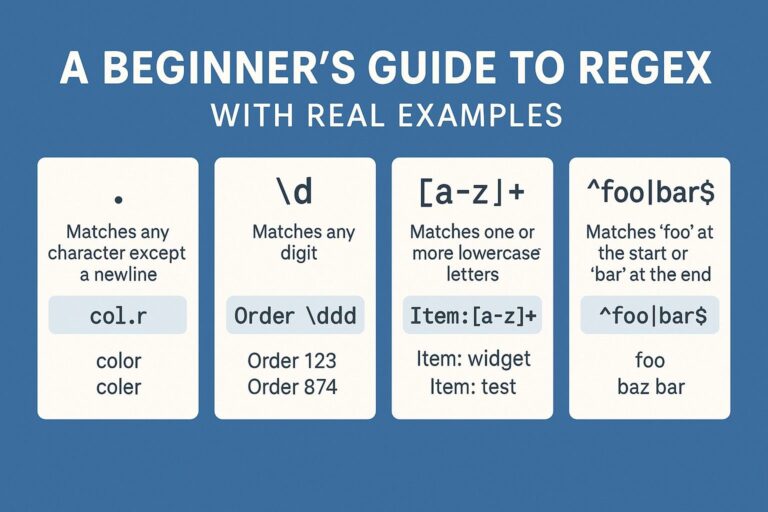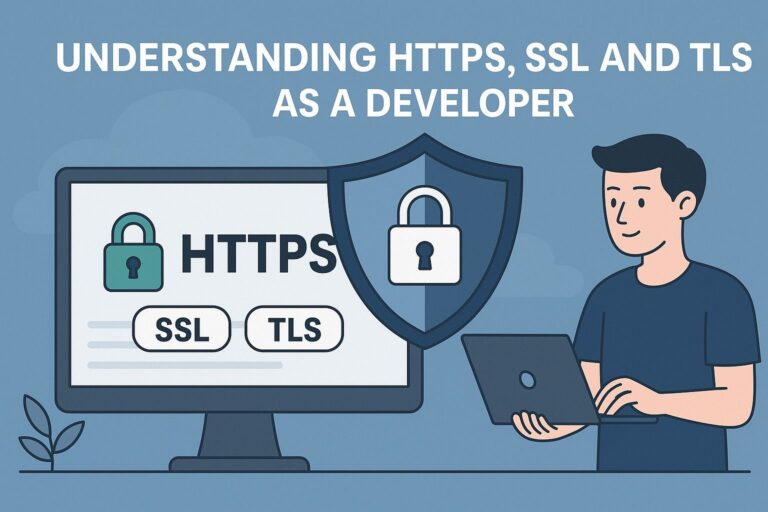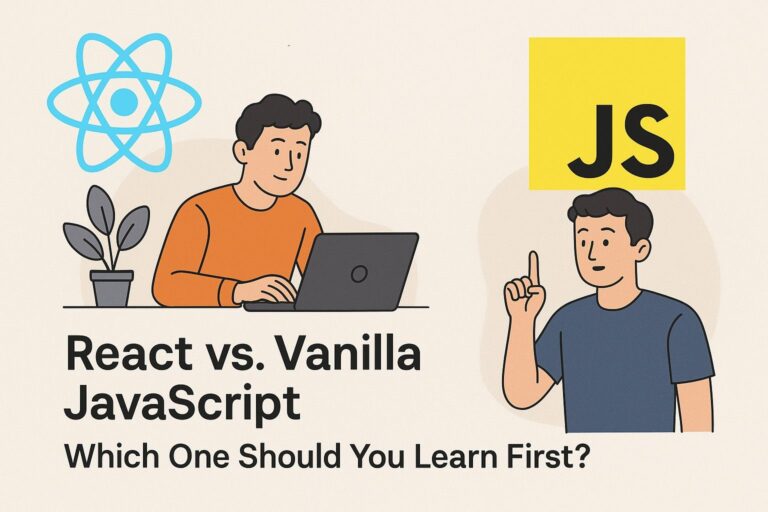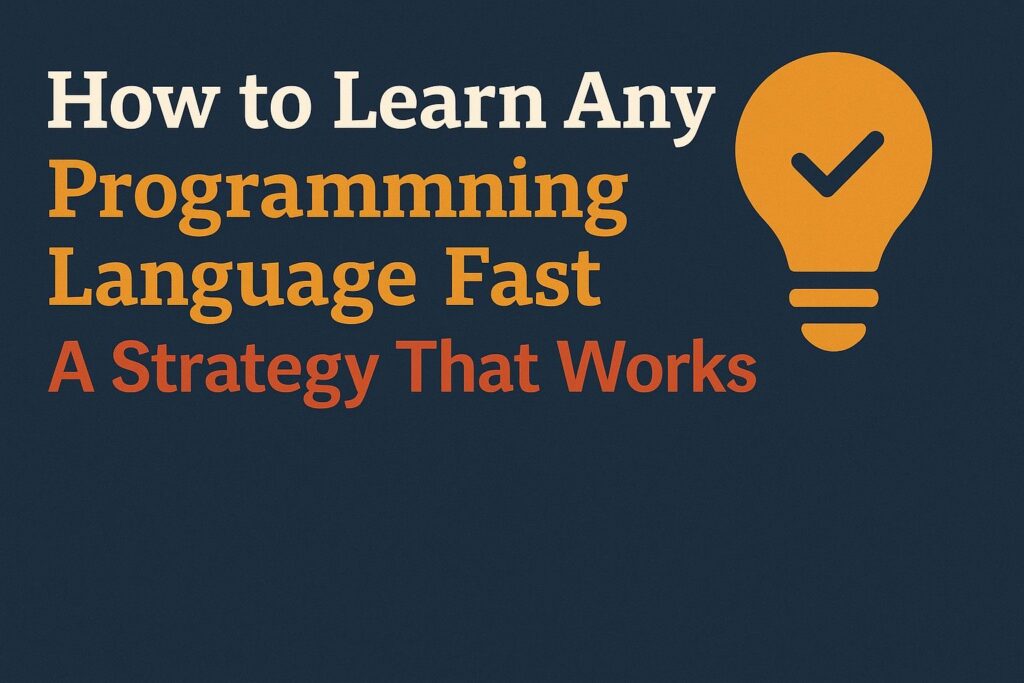
Whether you’re diving into your first language like Python or picking up your fifth like Rust, one thing is certain: learning a programming language fast requires the right mindset, structure, and habits. In today’s evolving tech landscape, the ability to learn quickly and adapt to new technologies is no longer optional—it’s a core competency.
In this guide, we’ll walk you through a practical and proven strategy to learn any programming language efficiently—without relying on memorization or cutting corners. This method combines focused practice, real projects, and strategic repetition to help you learn faster without compromising depth.
Why Speed Matters—But Not Without Depth
Learning quickly doesn’t mean skipping the hard parts. Many learners make the mistake of watching tutorials back-to-back without applying what they’ve learned. This leads to false confidence—knowing the syntax, but not knowing how to use it.
To truly learn fast, your strategy must combine:
- Clarity of purpose
- Hands-on coding
- Daily practice
- Reflection and feedback
This approach helps you build not only coding fluency but also the ability to solve real-world problems, which is the ultimate goal.
Step 1: Define a Clear Learning Goal
Don’t just say: “I want to learn JavaScript.”
Instead, say: “I want to build a responsive to-do list app using JavaScript and React within 3 weeks.”
Why This Works:
- You set a realistic, time-bound outcome.
- You eliminate distractions by focusing only on what you need to know.
- You immediately learn in context, which improves retention.
Bonus Tip:
Write down your goal and pin it where you work. It acts as a daily reminder and motivator.
Step 2: Master the Fundamentals First
Every language, whether it’s Python, Java, Go, or Kotlin, has core building blocks you must understand:
- Variables and data types
- Operators and expressions
- Conditional statements
- Loops and iterations
- Functions and parameters
- Arrays and objects (or collections)
- Error and exception handling
- Basic input/output
- Classes and OOP (if applicable)
- Recursion (in some languages)
Suggested Learning Resources:
- W3Schools – Great for syntax walkthroughs and examples
- FreeCodeCamp – Hands-on projects with guided lessons
- Codecademy – Interactive coding environment for fast learners
- CS50 by Harvard – For conceptual understanding and computer science fundamentals
Learning Tip:
Spend 1–2 hours daily for the first 5–7 days solely focused on these concepts. Don’t skip them—they are the foundation for everything else.
Step 3: Build Mini Projects Immediately
Instead of consuming passive content for weeks, begin creating small but functional projects as early as day 3.
Project Ideas:
- A calculator app
- A currency converter using real-time API
- A contact form with input validation
- A quiz app with a score counter
- A random password generator
Why It Works:
- You learn to write and debug actual code
- You get instant feedback from errors and logic bugs
- You build muscle memory and pattern recognition
Pro Tip:
Follow the 20/80 rule: focus on the 20% of the language features you’ll use 80% of the time (e.g., variables, loops, conditionals, and functions).
Step 4: Use the Language Daily
Consistency trumps intensity. Coding for 1 hour every day is more effective than coding for 5 hours once a week.
Suggested Daily Practice Plan:
- 20 min: Review yesterday’s code
- 20 min: Practice a new concept
- 20 min: Apply it in a mini project or challenge
Platforms for Daily Practice:
You don’t need to master every algorithm, but regular practice builds fluency, confidence, and speed.
Step 5: Read and Analyze Other People’s Code
Reading other developers’ code exposes you to:
- Different approaches to solving the same problem
- Better ways to structure functions and components
- Best practices and naming conventions
- Real-world use of design patterns and idioms
Where to Start:
- GitHub trending repositories
- Open-source beginner-friendly projects
- Solutions posted on Stack Overflow
- Code review platforms like Exercism
Learning Tip:
Start by copying a project, understanding each part, and then try to rebuild it from scratch without help.
Step 6: Learn by Teaching
The best way to deeply understand a concept is to explain it to someone else.
How You Can Teach:
- Write blog posts or tutorials on what you’ve learned
- Create coding explainer threads on X or LinkedIn
- Teach a beginner friend or classmate
- Record yourself walking through a small project
Teaching forces you to:
- Simplify complex topics
- Revisit and reinforce fundamentals
- Identify your own knowledge gaps
Step 7: Learn the Language Ecosystem
Knowing the syntax is just the beginning. Every language has a supporting ecosystem of tools and libraries that are critical for real-world development.
Examples:
| Language | Ecosystem Tools |
| JavaScript | npm, Webpack, React, Jest, Node.js |
| Python | pip, Flask, Django, PyTest |
| Java | Maven, Spring Boot, JUnit |
| Rust | Cargo, Serde, Actix |
| Go | Modules, Gin, Ginkgo |
Explore:
- Package managers
- Testing tools
- Popular libraries/frameworks
- Deployment tools (Docker, CI/CD)
This step transforms you from a code writer to a capable application developer.
Step 8: Reflect, Refactor, and Review
Once you’ve built a few projects:
- Go back and refactor your old code
- Apply DRY (Don’t Repeat Yourself) and KISS (Keep It Simple) principles
- Rewrite functions with cleaner logic or better structure
- Add comments, logging, and tests
Also, seek code reviews if possible. Peer feedback is one of the most valuable tools for improving your skill.
How Long Should It Take? A Realistic Timeline
Here’s a focused 30-day breakdown:
| Phase | Duration | Focus |
| Basics + Syntax | 5–7 days | Learn core language features |
| Mini Projects | 7–10 days | Apply what you learned |
| Intermediate Topics | 10–15 days | Dive into advanced concepts, ecosystem tools |
| Final Project | 15–20 days | Build a real-world app (CRUD, API, auth, etc.) |
By following this structured plan, you can move from beginner to job-ready in 4–6 weeks, especially if you already have some programming knowledge.
Final Thoughts
Learning a programming language fast is not about shortcuts—it’s about strategy. By focusing on real-world projects, core concepts, and consistent daily practice, you’ll become fluent and confident in less time than you think.
Key Takeaways:
- Always start with a clear, time-bound goal
- Practice daily and apply concepts immediately
- Use mini-projects to reinforce learning
- Explore the ecosystem, not just syntax
- Teach, reflect, and refactor to deepen understanding
Programming languages will evolve, but the ability to learn them fast and use them effectively is what sets you apart as a modern developer.

I’m Shreyash Mhashilkar, an IT professional who loves building user-friendly, scalable digital solutions. Outside of coding, I enjoy researching new places, learning about different cultures, and exploring how technology shapes the way we live and travel. I share my experiences and discoveries to help others explore new places, cultures, and ideas with curiosity and enthusiasm.

